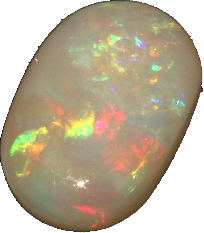
The Opal
Birthstone of October with tourmaline.
Few gems have the range of colours and supersitions as those of the Opal, it is considered unlucky unless the wearer's birthstone.
Solidified silica gel, opal is found at locations around the world.
Opal artefacts found in Africa date back to 4000BC.
When Australian opals were discovered by Europeans in the mid 1800s they became a world favourite, sometimes overshadowing the other available opals - opals in history.
The name “opal” comes from Sanskrit “upala” (precious stone); this in Greek became “opallius” and in Latin “opalus”.
Opals come in a range of colours and quality ... potch opal has little or no colour-play; whilst precious opals are alive with a spectrum of colours.
Opals are 5 - 10% water, formed when silica rich liquids seep through into hollows and cavities in rocks, sometimes replacing organic substances in fossils. The colour flash is caused by numerous thin plates of silica, which catch the light at different angles.
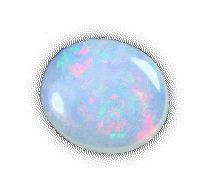
Czechoslovakian Opal
Czechoslovakian Opal
Somewhat softer in colour than the flashy Australian opal.
Opals were mined and collected from the river beds of Czechoslovakia since at least the time of the Roman Empire and probably earlier ... these opals were the major source of the gem from earliest times, however the discovery of opals in Australia in the mid - late 1800s sounded the death knell for the Czech opal industry.
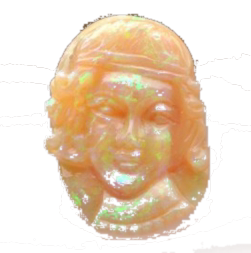
Ethopian Welo Opal
Ethiopian Opal
Some opal artefacts dating back 6000 years have been found in Ethiopia.
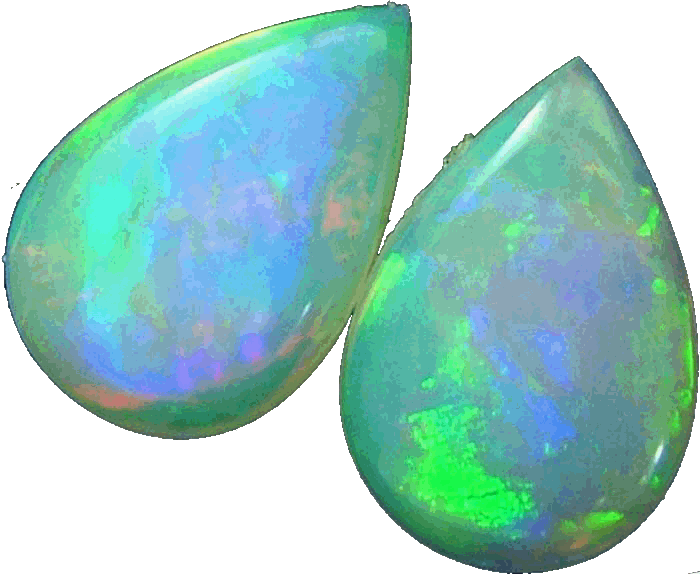
Australian Opal
Opals were well known to the aborigines, but the first European discovery of a potch green opal in 1849 opened a new source and market for the stone. Over the next 100 years, pockets of opal deposits were found in different locations throughout the continent, in 1915 a high quality source was discovered by gold prospectors at what is now named “Coober Pedy” (from the aboriginal for “white man in a hole”), miners still live in dugouts, as the surface heat in the area is unbearable.
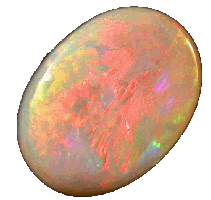
Firey Opal
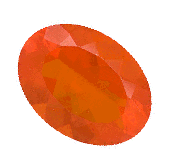
Mexican Opal
Mexican and Fire Opal
There are two types of opal which are known as “fire opal” one is the stone with a strong red/orange colourplay, the other is the potch opal from Mexico with no colour play.
Peruvian Opal
Peruvian opal is a potch opal with no colourplay, that is it does not have the fire of precious opal. In a range of pastel blues, green and pinks.
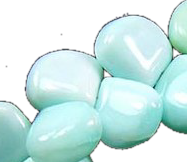
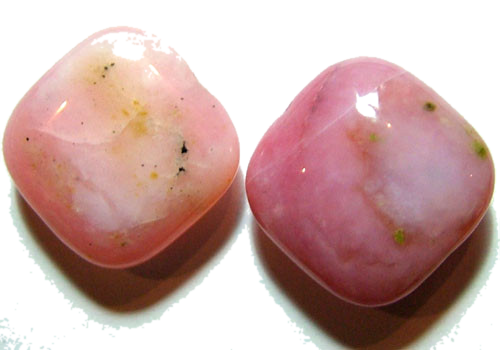
| Latest Trends | Ordering Information | debbie@silkpixie.com | Delivery & Returns |


